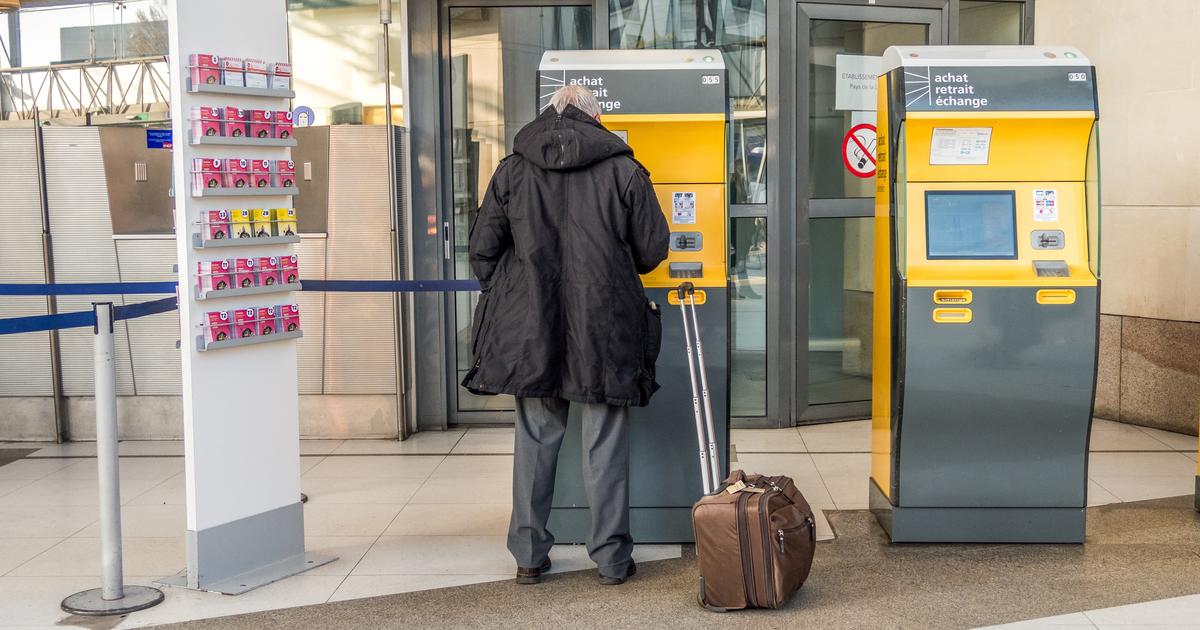It estimates the increase in its expenses for 2023 at 13%. pass some of this on to ticket prices.
But the government has ordered it to put in place a tariff shield, even if it means hampering its profitability a little more.
But where to put the cursor?
Trying to spare the goat and the cabbage, his proposal for a raise turns out to be both complicated and not very fair.
If the SNCF is counting on an average increase of 5%, the term "
average
" means nothing.
Some passengers will not feel any change while others will experience a very strong increase.
We tell you everything.
Read also SNCF strike: our solutions for leaving anyway
Fee schedule versus ticket price
The "
minimum price grids will not increase
", assures Christophe Fanichet, the director of SNCF Voyageur.
If these words are reassuring, we know that in “yield management” (which consists of varying prices according to demand), it is possible to increase prices without modifying the price list.
All that is needed is to reduce the number of places available in the lowest price brackets.
This is a common practice with some low-cost airlines: tickets are promoted at €39 with a lot of advertising when there are only two seats per plane on sale at this price.
The decision not to raise Ouigo fares is more surprising.
What is the difference between a Ouigo without luggage and without socket at €89 and a TGV with luggage and socket at €79?
This constitutes, in any case, an additional attack on the TGV whose offer has been greatly reduced since the arrival on the rails of the low cost subsidiary.
Less benefit for the Advantage card
"
The benefits of the advantage card are maintained
".
Again, this sentence deserves an explanation.
In second, the ceilings guaranteed by this card at 39, 59 and 79 € depending on the duration of the journey remain in place.
But, as we have seen, there is no guarantee that all fare classes below these ceilings will not see their number of seats reduced dramatically.
On the other hand, the SNCF does not solve the problem of the windfall effect on certain destinations like Rennes and Nancy.
The ceiling, which is too low in relation to the distance travelled, jeopardizes their profitability and causes price inequalities between passengers.
Those going to Lille (1h02) and those going to Nancy (1h30) are at the same ceiling at 39 euros.
All this without erasing other disparities.
For example, a passenger going to Nîmes will benefit in seconds from
a ceiling of 59 € while the passenger going to Montpellier, an additional half-hour journey, can pay for their ticket up to 79 €.
For this specific case, here is a tip to save €10: rather than taking a Paris-Montpellier, buy a Paris-Nîmes with the advantage card for €59 then a second Nîmes-Montpellier ticket on the same train with the card benefit at the price of €9.20!
In first class, the “
benefits
” of the card will in any case now be much less interesting.
For the simple reason that there is no price cap in premiere: you simply benefit from a 30% reduction on the price of the day which will follow the increase in maximum prices.
Read alsoSNCF: does the “Avantage” card really signal the end of expensive tickets?
Too bad for pro passengers
It is the “
pro
” passengers who will find the bill particularly hefty, whether they have the Liberté card or benefit from professional fares.
In summary, anything that is not passed on to certain leisure rates will be passed on to professional rates.
At the risk of slowing down the slow rise in business traffic…
Exchanges paid at a high price
Where the shoe pinches for Avantage cardholders are the new restrictions for the exchange and refund of tickets.
Indeed, since February 2023, the penalty has increased from 15 to 19 euros for any exchange or refund, in addition to the price readjustment.
"
It was 5 euros in 2019
" recalls the FNAUT (National Federation of Associations of Transport Users), which hopes to convince the government to make a difference between exchange and refund... Worse still, the free exchange or refund s will stop 6 days before departure instead of three.
Why such a measure?
To dissuade users from changing their tickets of course, but above all to prevent companies and professionals, who are looking for flexibility, from
Nevertheless, the penalty of 19 € seems exorbitant compared to the average price of a TGV ticket which is 50 €.
Moreover, this rigidity is likely to make food for Air France where “standard” and “Flex” tickets are exchanged without any penalty.
Should we also remember that the absence of a second ticket exchangeable and refundable at no cost to the SNCF (unless you have a Liberty card or are a professional) is a unique case among all the national companies in Europe?
Read alsoThe SNCF has tightened its exchange and cancellation conditions since February 7

